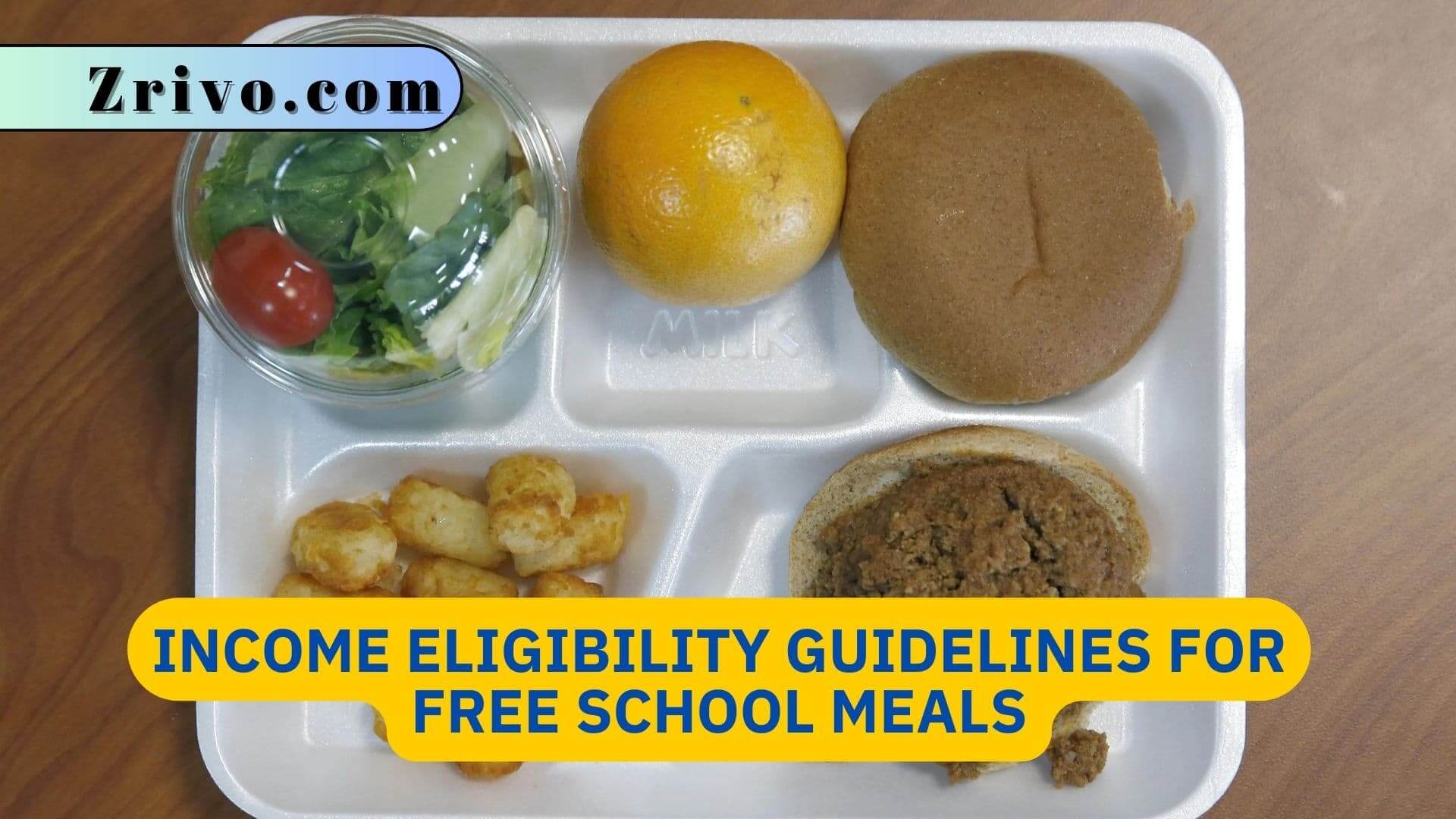
For the 2023-2024 school year, the U.S. Department of Agriculture revised the income guidelines that are used to determine eligibility for free meals and milk under the National School Lunch and School Breakfast Programs, the Special Milk Program for Children, and the Child and Adult Care Food Program. The new guidelines are based on annual Federal poverty levels and are effective July 1 through June 30.
Families with household incomes below the reduced-price limits can receive free meal benefits for their children by submitting an application to their local school district, charter school, non-public school, or sponsoring organization. The application must be signed by the head of the household and included proof of income. Upon review, the determining official will notify households of their children’s eligibility status. Parents and guardians who are dissatisfied with the decision may contact the determining official for a review or appeal.
The eligibility criteria for SNAP, TANF, and some income-eligible Medicaid benefits also qualify families for free meals. Additionally, children who meet the definition of homeless, migrant, or runaway are automatically eligible for free meals. Similarly, children who are enrolled in Head Start, an At-Risk afterschool center, or emergency shelters and adults who receive SSI or Medicaid also quality for free meals.
Schools can use the Eligibility Manual for School Meals to assist them in establishing meal benefit eligibility for students and adults who are participating in a sponsoring agency’s programs. The manual describes Federal requirements, policies, and procedures for determining meal benefit eligibility.
| Program | Eligibility Based on Annual Household Income | Additional Eligibility Factors |
|---|---|---|
| National School Lunch Program (NSLP) | Free: Up to 130% of the Federal Poverty Guidelines (FPG). Reduced Price: 130% – 185% of FPG. | Foster child, homeless child, migrant child, runaway child, enrolled in Head Start. |
| School Breakfast Program (SBP) | Free: Up to 130% of FPG. Reduced Price: 130% – 185% of FPG. | Same as NSLP. |
| Special Milk Program for Children (SMP) | Free: Up to 130% of FPG. | Children in schools not participating in NSLP/SBP, children in half-day pre-K/K programs without access to school meals. |
| Child and Adult Care Food Program (CACFP) | Free: Up to 135% of FPG. Reduced Price: 135% – 185% of FPG. | Children in licensed or registered child care centers and day care homes. |
SNAP Eligibility Criteria
SNAP, also known as food stamps, provides monthly benefits to help pay for food. Its income standards are adjusted annually to reflect cost of living changes. The current SNAP income guidelines are effective October 1, 2023. The income limits are the net monthly household income after deductions for certain expenses. These include child care costs, medical expenses, housing, utilities, and retirement savings. Other allowable deductions are cash, money in bank accounts, and certain vehicles.
To qualify for SNAP benefits, households must meet the maximum gross and net income limits. These amounts are based on your household size and the number of people in it. In other words, to qualify for food stamps, a household’s monthly income must be less than or equal to the Federal Poverty Guidelines. The amount you receive will be deposited onto an electronic benefits transfer (EBT) card, which looks and works like a debit card. The EBT card can be used to buy eligible foods at participating grocery stores and other retailers.
To be eligible for SNAP, your household must have low income and few assets. In addition, you must be a citizen or a qualified alien and have a Social Security number. You must also be able to work or participate in a job training program. If you are aged 60 or older, or have a disability, the work requirement does not apply. However, able-bodied adults without dependents between the ages of 18 and 49 must work or be in a work or job training program at least 20 hours per week to be eligible for SNAP.